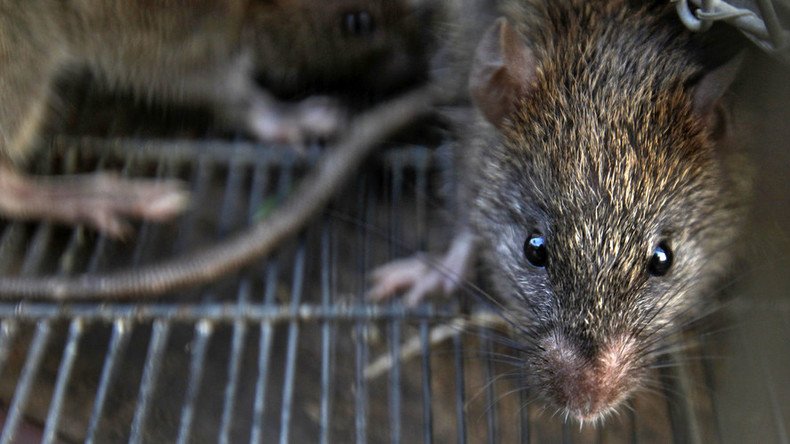Baltimore study links rats to depression

Baltimore, Maryland residents who live in areas with a high rat population are much more likely to report sadness, anxiety and other symptoms of depression, according to a new study.
Researchers at Johns Hopkins Bloomberg School of Public Health analyzed interviews regarding depressive symptoms conducted with 448 residents – 87.3 percent of whom were African American – from 2010 and 2011. The interviewees were mostly low-income, and just over half were male.
Around half of the interviewees reported seeing rats on their block at least once a week, and 35 percent reported seeing them daily. Thirteen percent said they had seen rats inside their homes at least once, while 5 percent reported daily rat sightings.
Baltimoreans who considered rat infestations in their neighborhood or home as a major problem were 72 percent more likely to experience symptoms of depression compared to those living in similar neighborhoods where rats were not considered as much of a problem, according to the study – called 'Exposure to Urban Rats as a Community Stressor Among Low-Income Urban Residents' – published in the Journal of Community Psychology.
“Nobody likes living around rats. This study provides very strong evidence that rats are an underappreciated stressor that affects how people feel about their lives in low-income neighborhoods,” said Danielle German, an assistant professor in the Department of Health, Behavior and Society at the Bloomberg School and leader of the study.
“The good news is it’s modifiable. If we can do something to reduce the number of rats in these neighborhoods, we can improve people’s well-being,” German added.
The interviews showed that residents of low-income areas would consistently report rats and trash as big problems near their residences, German said, even as they faced many other issues in their neighborhoods, such as drugs, violence, vacant housing and more. She said the study might indicate that rats should be considered a link to depression more than just a nuisance or disease source.
Conventional thinking about rats "misses what it feels like to be a resident of a neighborhood where you see rats every day," she said. "There is no reason why rats should be inherent to areas of poverty.”
Municipal Trash Cans help keep rats away, and are making Baltimore residents feel better. https://t.co/NfA8T9F17A
— BaltimoreDPW (@BaltimoreDPW) March 18, 2016
In recent weeks, the city of Baltimore has instituted a $10 million plan to distribute trash cans with lids to help eliminate rats, according to the Baltimore Sun. For fiscal year 2016, the city has allocated $1.1 million and 16 workers to fight rats.
“Yes, eradicating rats from Baltimore City is a hard goal, but making it so no neighborhood has to see rats every day is a goal we can strive for,” said German.
“It would go a long way toward improving the outlook of people who live in poor neighborhoods and may be a starting point for conversations about other community health priorities. These data suggest that we need to work together with community members to achieve these goals.”















